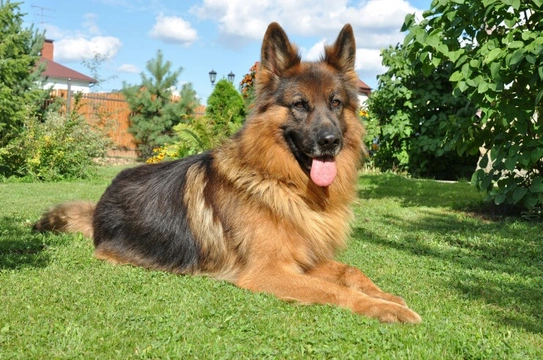
Seven changes that can occur in your dog that are easy to misinterpret
Most people who have a dog have at least a basic understanding of canine health and wellness, and the warning signs that can indicate that something is wrong, or changing for the worse. Also, as you go through life with your dog you will probably have a few false starts where you rush your dog along to the vet due to vomiting or some other symptom that turns out to be totally fine, only to find out that you could have saved your money!
There is a fine line between being too quick to call the vet every time your dog burps or pulls a face and leaving things to chance when your dog really needs to be seen-knowing how to tell the difference is a lifelong challenge!
However, there are a few changes and anomalies that can occur in dogs throughout their lives that are very easy to write off as minor, or mistakenly attribute to the wrong root cause. This of course may have implications for your dog’s future health if you do not get them checked out.
In this article, we will look at seven common changes that can occur in dogs that are easy to write off or misinterpret-and what they might really mean. Read on to learn more.
Bad breath
A surprising number of dog owners think that bad breath is a natural part of being a dog, and something that should simply be tolerated and otherwise ignored. This is totally inaccurate and no dog should have bad breath-their breath may not be pleasant exactly and may well smell of what they have just eaten, but foul breath is a symptom that you should never ignore.
Bad breath in the dog is most likely to indicate dental and gum problems, which will of course be painful and require correction. However, bad breath can indicate a range of other problems too including digestive problems or even diabetes-so always get it checked out.
Aggression and other temperament changes
A dog that suddenly becomes growly, aggressive or a bit snappish can be very concerning for their owners, but many people simply write this off as a phase or as a natural effect of aging.
However, sudden-onset aggression or other temperament changes for the worse should never be ignored, because there will always be a reason for it, which may be pain, illness or a behavioural issue, so do not gloss over it or ignore it.
Morning joint stiffness
Both people and dogs tend to get a little stiff in the mornings as they enter old age, and because this stiffness tends to be very gradual in onset, it can be easy to ignore or overlook.
However, joint stiffness in the mornings as your dog ages may indicate the onset of arthritis, which may need management-and even if arthritis is not the case, you should talk to your vet about the ways in which you can ease your dog’s pain and improve their mobility.
Inappropriate toileting
If you come home one day and find that your dog has done their business in the house for the first time in years, this can be both surprising and annoying. The first thing that you should consider is whether you are possibly expecting your dog to stay on their own without the chance to go out for too long at a time, and accept that your dog’s ability to hold on will reduce as they get older.
If you are sure that you are not inadvertently causing the problem, and it happens more than once, this is something that you should talk to your vet about, as it may indicate a potentially serious health problem, or an equally serious behavioural issue.
Weight loss
The weight of the average dog is apt to fluctuate a little over the course of the year, and dogs do sometimes begin to get a little leaner as they get older. However, you should keep an eye on your dog’s weight and be alert to the signs of sudden or rapid weight loss, or weight loss that cannot be explained or improved upon.
The causes of such weight loss can range from parasitic infections to hormone disorders to physical problems to contagious illnesses, but they are all potentially serious and should be investigated by your vet.
Weight gain
On the other side of the coin, weight gain is something that you should monitor carefully. Again, dogs can gain weight for a variety of reasons including too much food and not enough exercise, but unexplained weight gain can occur for reasons including once again hormone imbalances or parasitic infections, or other issues that need to be investigated.
Greying fur
Greying fur is of course a very natural side effect of getting older in both dogs and people, and some dogs will grow their first grey hair before they reach a couple of years of age! However, if your dog’s fur seems to be losing pigment, greying in strange patches or patterns, or changing in texture and other ways as well as going grey, this may not be age-related.
Many conditions including allergies, parasites, hormone problems and immune disorders can lead to a loss of pigmentation in the fur, and it is worth asking your vet to check your dog out and possibly, run some tests as this may be the first indication of a problem in the making.



